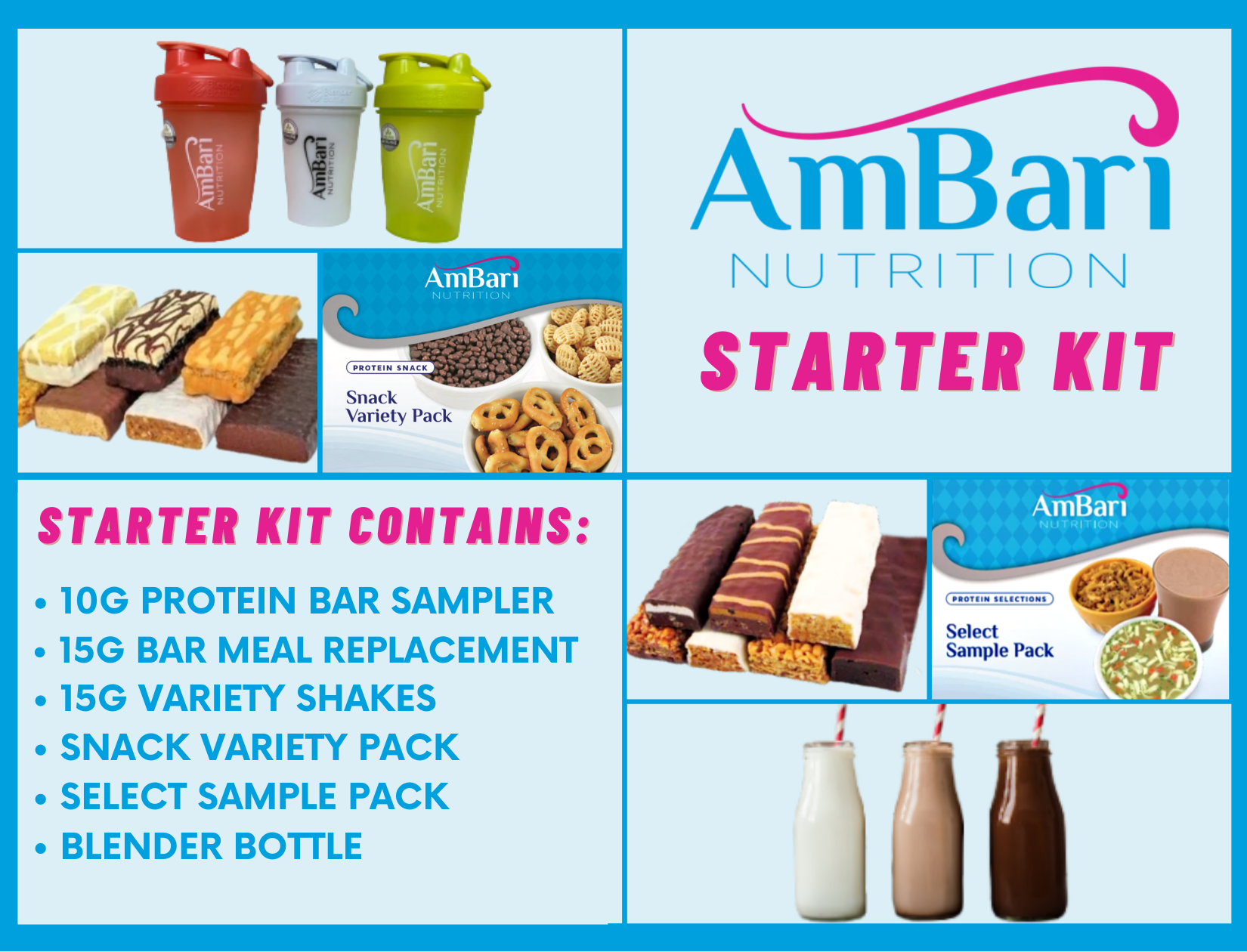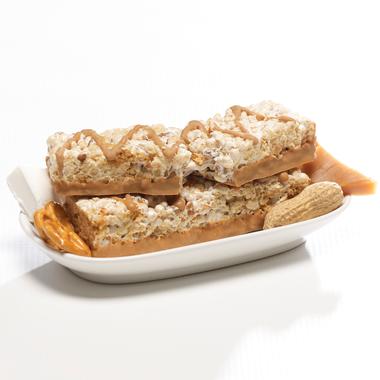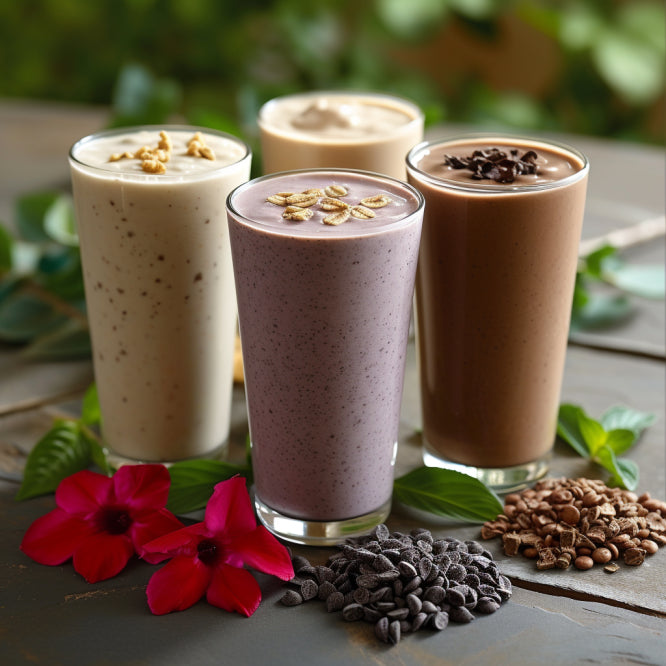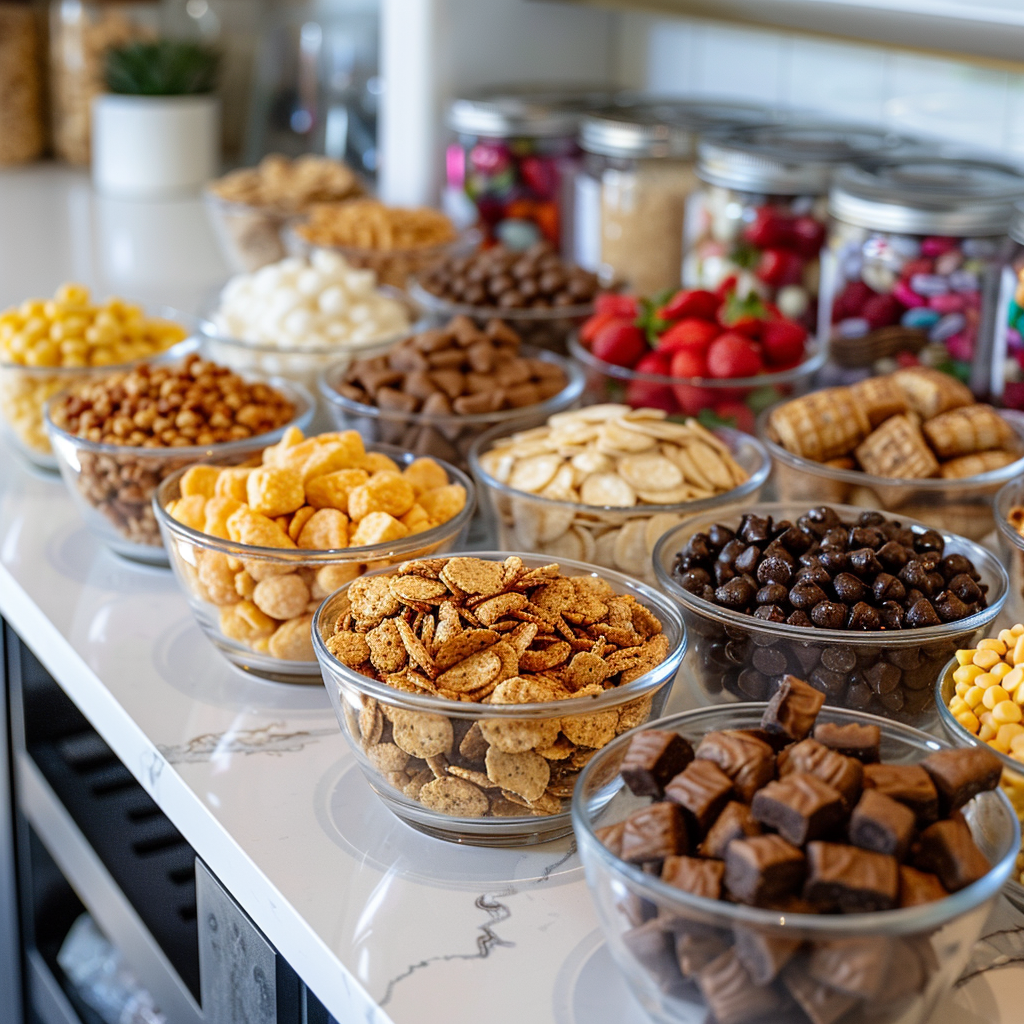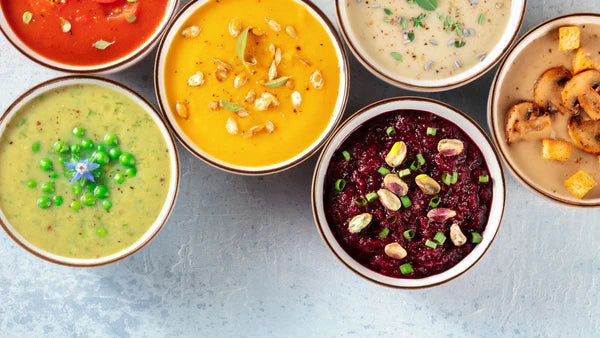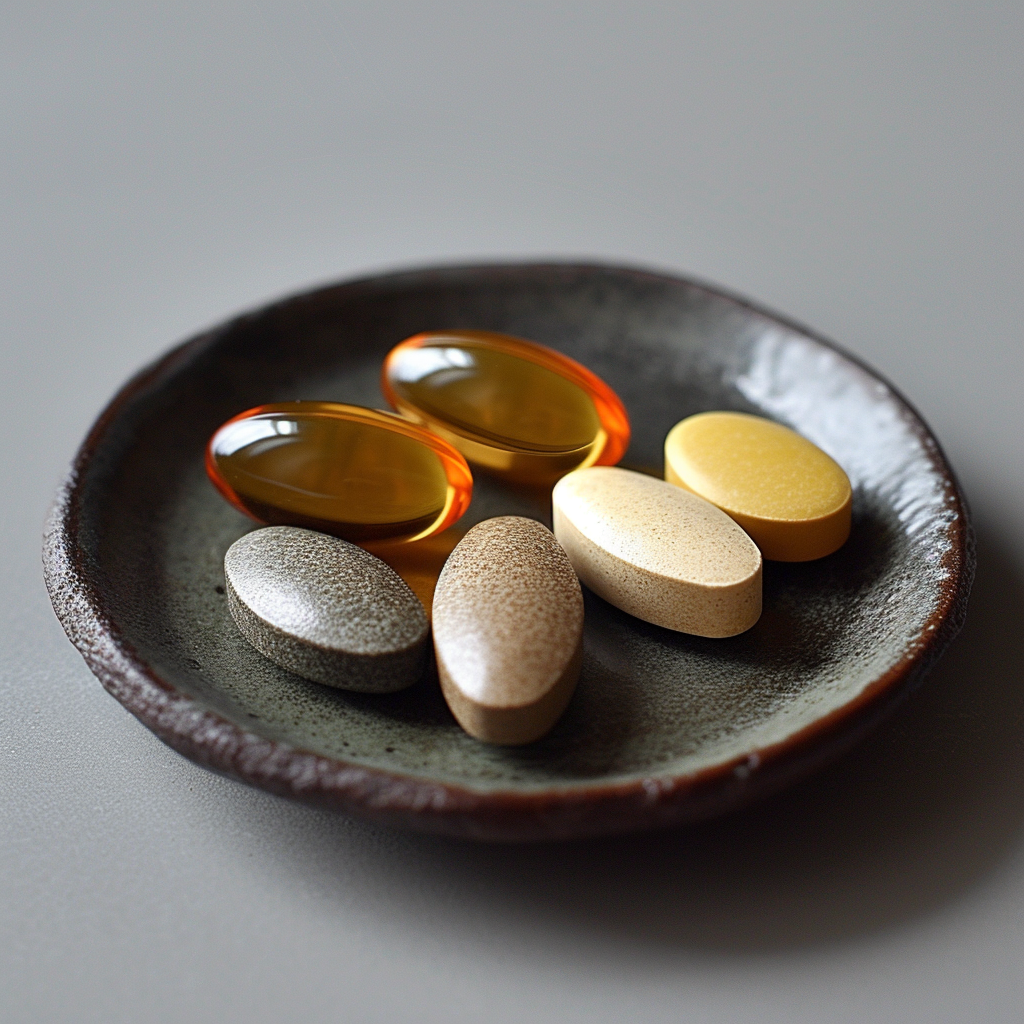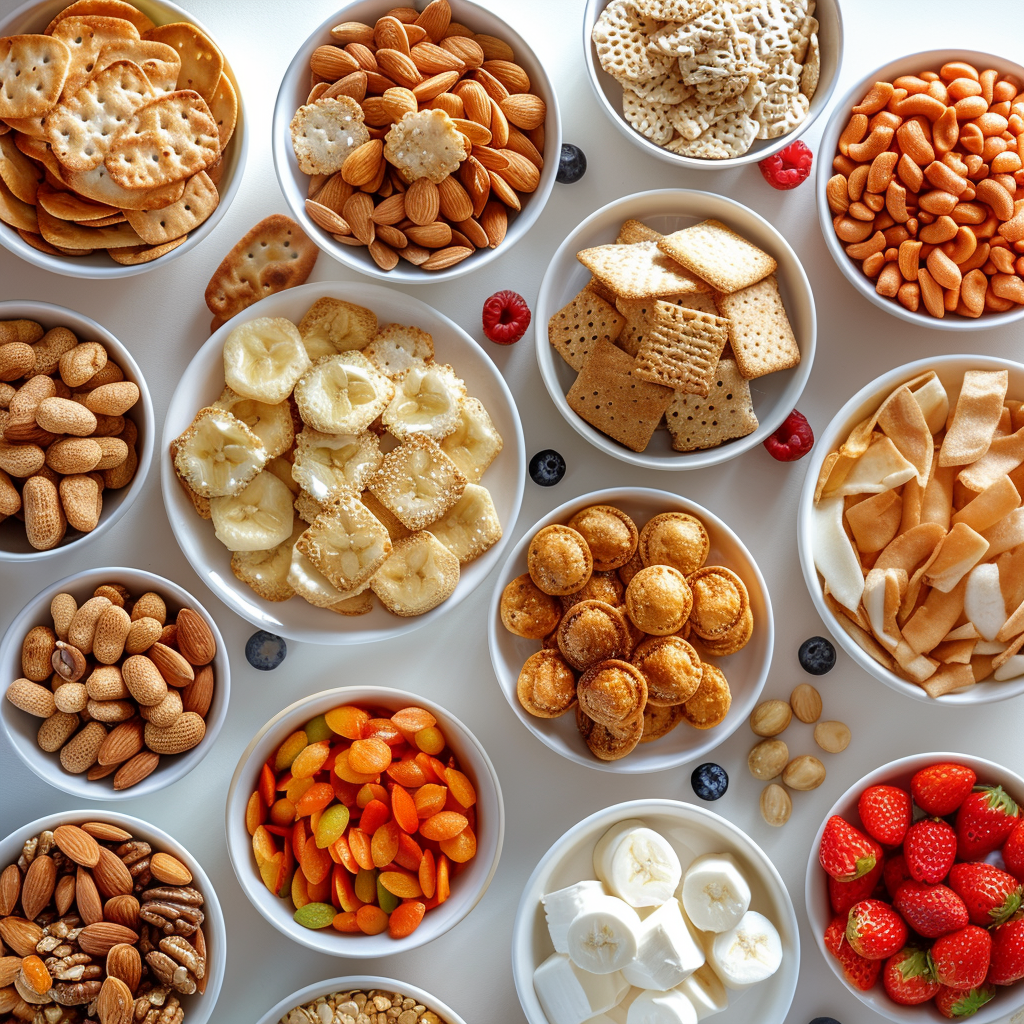Menu
Your cart is empty
Looks like you haven't added anything to your cart yet

How To Make Protein Shakes at Home
Here's How to Make Protein Shakes at Home
Protein shakes are a great way to get more protein in your diet. They can help you build muscle, lose weight, or just stay healthy. These shakes are especially important for bariatric and diabetic patients. So we'll show you how to make these tasty protein shakes at home.
Table of Contents
What You Need
To make protein shakes at home, you'll need:
- Protein powder
- Liquid (water, milk, or plant milk like almond milk)
- A blender or shaker bottle
- Extra things for flavor (optional)
Picking the Right Protein Powder
There are different types of protein powder. Here's a simple guide to help you choose:
| Protein Type | Absorption Rate | Best For | Considerations | Suitable for Special Diets |
|---|---|---|---|---|
| Whey | Fast | Post-workout recovery | Contains lactose | Bariatric, Diabetic, GLP-1 (in moderation), Keto, Paleo |
| Casein | Slow | Before bed or between meals | Contains lactose | Bariatric, Diabetic, GLP-1, Keto |
| Pea | Medium | Vegan diets, lactose intolerance | Lower in some amino acids | Bariatric, Diabetic, GLP-1, Vegan/Vegetarian, Lactose-free, Low FODMAP |
| Rice | Medium | Allergen-free diets | Often combined with other proteins | Diabetic, GLP-1 (check carb content), Vegan/Vegetarian, Lactose-free, Low FODMAP |
| Egg White | Medium | Lactose intolerance | Complete protein profile | Bariatric, Diabetic, GLP-1, Keto, Paleo, Lactose-free |
| Hemp | Medium | Plant-based, omega-3 fatty acids | Contains all essential amino acids | Vegan/Vegetarian, Lactose-free, Paleo, Low FODMAP |
Simple Protein Shake Recipe
Here's an easy and basic way to make a protein shake:
- Put 1 scoop of protein powder in your blender or bottle
- Add 1-1.5 cups of liquid
- Blend or shake until smooth
Muscle-Building Shake

- 2 scoops ChocoRite Protein Shake powder (chocolate flavor)
- 1 banana
- 1 spoon peanut butter
- 1/2 cup oats
- 1.5 cups almond milk
- Some ice cubes
This shake is great for building muscle. It tastes like chocolate but has lots of protein. The banana, peanut butter, and oats make it filling and give you energy.
Weight Loss Shake

- 1 scoop Bariatric Advantage HPMR Shake powder
- 1 cup spinach
- 1/2 cup mixed berries
- 1 spoon chia seeds
- 1 cup almond milk
This shake is good for losing weight. It has lots of protein but not much sugar. It will help you feel full without too many calories. And this one is packed with extra nutrition. Check out our collection of bariatric protein shakes if you're a weight loss surgery patient!
Meal Replacement Shake

- 1 packet of 35g Meal Replacement Shake powder
- 1 small banana
- 1 spoon almond butter
- 1 cup spinach or kale
- 1 spoon oats
- 1.25 cups milk or plant milk
This shake is great for replacing a meal. It has protein, healthy fats, and good carbs. It's perfect when you need a quick meal or extra nutrients.
Customize Your Shakes for Different Health Goals
| Goal | Customization Tips | Protein Shake Customization for Different Health Goals |
|---|---|---|
| Muscle Gain | Add extra healthy fats like avocado or more protein powder. | Avocado provides healthy fats and extra calories for muscle recovery. |
| Weight Loss | Use low-calorie liquids like water or almond milk, and low-sugar fruits like berries. | Almond milk and berries are low-calorie and low-sugar, supporting fat loss. |
| Energy Boost | Add ingredients like oats or chia seeds. | Chia seeds offer sustained energy with fiber and omega-3 fatty acids. |
| Post-Workout Recovery | Use fast-absorbing protein like whey, and add electrolytes such as coconut water. | Whey helps repair muscles quickly, while coconut water replenishes electrolytes. |
| Meal Replacement | Add healthy fats (almond butter) and slow-digesting carbs (oats) to stay full longer. | Oats provide slow-releasing energy, while almond butter adds satiety and healthy fats. |
Tips for Tastier Shakes
- Use cold liquid for a refreshing shake
- Add ice to make it thicker
- Mix in fruits or veggies for more flavor and nutrition
- Try adding nut butter or avocado to make it creamy
- Play with different flavors to find what you like
Yummy Things to Add
- Fruits: Banana, berries, mango
- Veggies: Spinach, kale, cucumber
- Healthy fats: Peanut butter, chia seeds, flaxseed
- Extra flavor: Cocoa powder, cinnamon, vanilla
- More nutrition: Oats, yogurt, coconut oil
Making Shakes Without a Blender
No blender? No problem! Here's what to do:
- Use a shaker bottle with a mixing ball
- Put in your protein powder and liquid
- Shake hard for about a minute
- Use milk instead of water for a smoother shake
For best results, we recommend using a high-quality shaker bottle like our Blender Bottle:

The AmBari Nutrition Blender Bottle comes with a special wire whisk ball that helps break up clumps and mix your shake smoothly. It's perfect for making protein shakes on the go or when you don't have access to a blender.
Storing Your Shakes
It's best to drink your shake right away, but if you need to save it:
- Put it in a container with a tight lid (our blender bottle seals airtight)
- Keep it in the fridge for up to a day
- Shake well before drinking
- Don't add fresh fruit if you're saving it for later
Fixing Common Problems
- Lumpy shake? Blend longer or use a shaker bottle
- Too thick? Add more liquid
- Too thin? Add ice or use less liquid
- Tastes chalky? Try a different protein powder or add strong flavors
When to Drink Protein Shakes
Knowing the best time to drink protein shakes can help you maximize their benefits based on your health and fitness goals:
- Post-Workout Recovery: Drinking a protein shake within 30 minutes after your workout helps your muscles recover and grow. Whey protein is ideal here because it’s fast-absorbing, delivering amino acids to your muscles quickly.
- Meal Replacement: If you’re using a protein shake as a meal replacement, it’s best to drink it at a time when you’d normally eat, such as breakfast or lunch. Ensure that your shake includes a balance of protein, carbs, and healthy fats to keep you full and satisfied.
- Morning or Breakfast: Starting your day with a protein shake can help curb hunger and keep your energy levels stable. It's also a great option if you're pressed for time and need a quick, nutritious breakfast.
- Before Bed: Casein protein is slower-digesting, so drinking a casein-based protein shake before bed can provide a steady release of amino acids overnight, helping with muscle recovery while you sleep.
- Between Meals: If you need to control hunger or boost your daily protein intake, having a shake between meals can be a smart option. This can help you stay full and prevent overeating later in the day.
Common Questions
How many protein shakes should I drink each day?
Most people do fine with 1-2 shakes a day. But it's best to ask a doctor or nutritionist what's right for you.
Can I make protein shakes without protein powder?
Yes! You can use things like Greek yogurt, cottage cheese, or nut butters instead. But protein powder is an easy way to get lots of protein.
Are homemade protein shakes as good as store-bought ones?
Homemade shakes can be just as good, or even better! You know exactly what's in them, and you can make them taste how you like.
Author: Carrie H. Carrie is a passionate health and nutrition writer who transforms complex medical research into accessible, evidence-based content to empower readers to make informed choices about their wellbeing. With a background in science and a dedication to helping others live healthier lives, she provides thoughtful analysis of the latest studies and practical, actionable advice readers can apply to their own lives. |
Reviewed By: Dr. Kevin Huffman Dr. Huffman is an accomplished board-certified bariatric physician with extensive clinical experience and expertise in treating obesity. He has trained countless healthcare providers and founded American Bariatric Consultants to develop highly sought-after protocols, training materials and continuing education used widely by medical societies, hospitals and physicians. Dr. Huffman's impact reaches far beyond direct patient care, as he actively prepares the next generation of physicians to achieve board certification in bariatrics, thereby exponentially expanding access to this vital medical treatment. |
- Choosing a selection results in a full page refresh.


